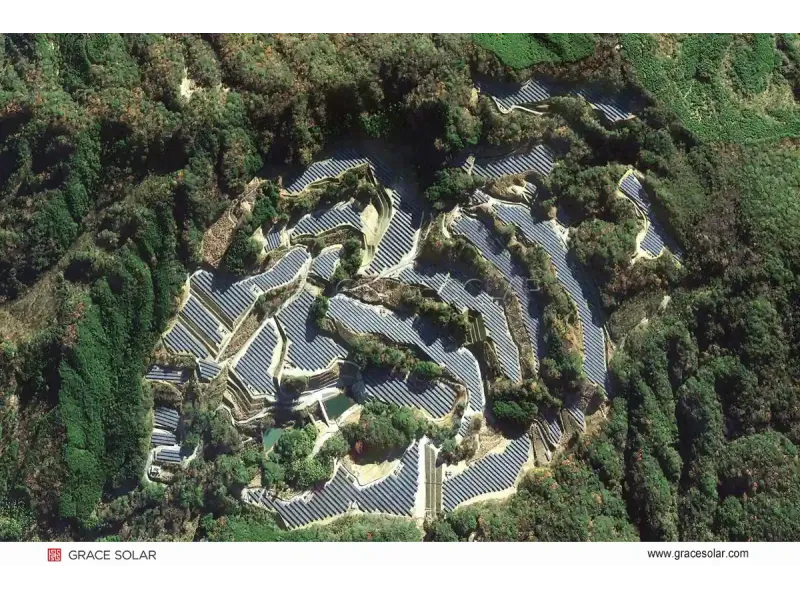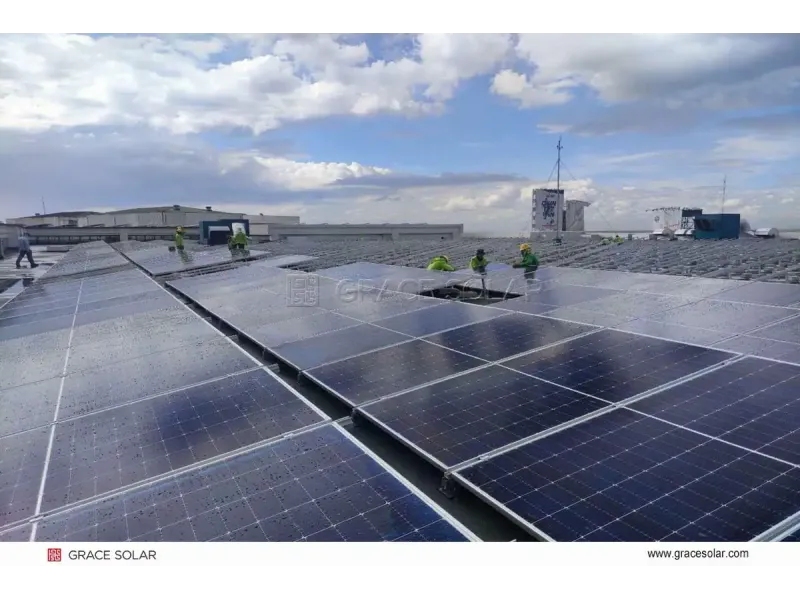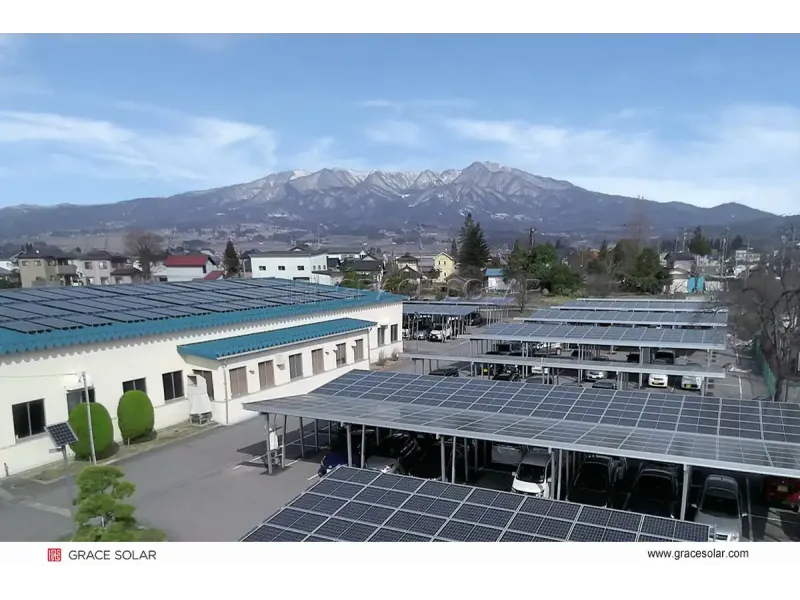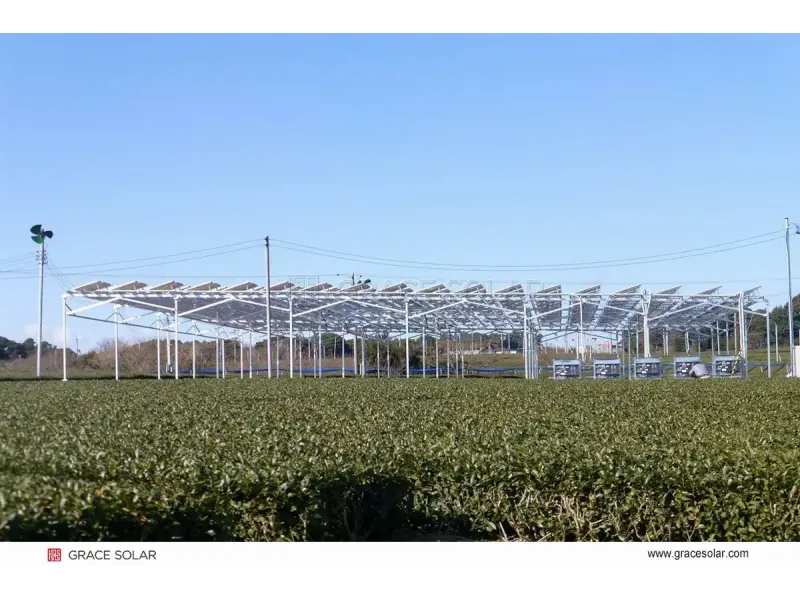What is Maximum Power Point Tracking (MPPT)?
Maximum Power Point Tracking (MPPT) is an advanced algorithm used in solar inverters and charge controllers to extract maximum available power from photovoltaic (PV) panels. By continuously adjusting voltage and current, MPPT responds to environmental variables like irradiance changes, temperature fluctuations, and partial shading – boosting energy harvest by 20-45% compared to conventional systems.
How MPPT Technology Works
Solar panels have a non-linear power output curve where the Maximum Power Point (MPP) represents peak efficiency. MPPT controllers dynamically track this point using algorithms like:
- Perturb & Observe (P&O): Adjusts voltage and observes power changes
- Incremental Conductance: Compares instantaneous vs. incremental conductivity
- AI Hybrid Models: Machine learning-enhanced tracking for complex conditions
Why MPPT Matters for Solar Projects
Without MPPT, systems lose 25-35% efficiency due to voltage mismatches between panels and batteries. Grace Solar's solar tracking systems enhance MPPT performance by:
- Reducing shading losses with precision dual-axis rotation
- Maintaining optimal panel temperature through ventilated designs
- Enabling independent string optimization via modular structures
Grace Solar's MPPT-Optimized Solutions
With 48GW of global installations, Grace Solar engineers systems that maximize MPPT efficiency:
Single Axis Trackers
Increase yield by 25% with east-west sun tracking. Compatible with all major MPPT inverters.
Dual Axis Systems
99.8% MPPT uptime with real-time azimuth + altitude adjustment.
Real-World MPPT Performance Data
| Condition | Standard System | MPPT System | Grace Solar + MPPT |
|---|---|---|---|
| Winter (0°C) | 68% efficiency | 82% efficiency | 94% efficiency |
| Partial Shading | 52% efficiency | 74% efficiency | 89% efficiency |
Why Global Leaders Choose Grace Solar
"Our 150MW project saw 23% higher MPPT efficiency with Grace Solar's trackers versus conventional systems. Their patented anti-shading design prevented $1.2M in annual revenue loss."
– Engineering Director, Top 10 US Solar Developer
Future-Proof Your Solar Investment
As MPPT technology evolves with AI integration, Grace Solar's R&D lab continuously updates our systems to leverage:
- Predictive weather adaptation algorithms
- Dynamic string-level optimization
- Hybrid MPPT for battery-storage synergy





